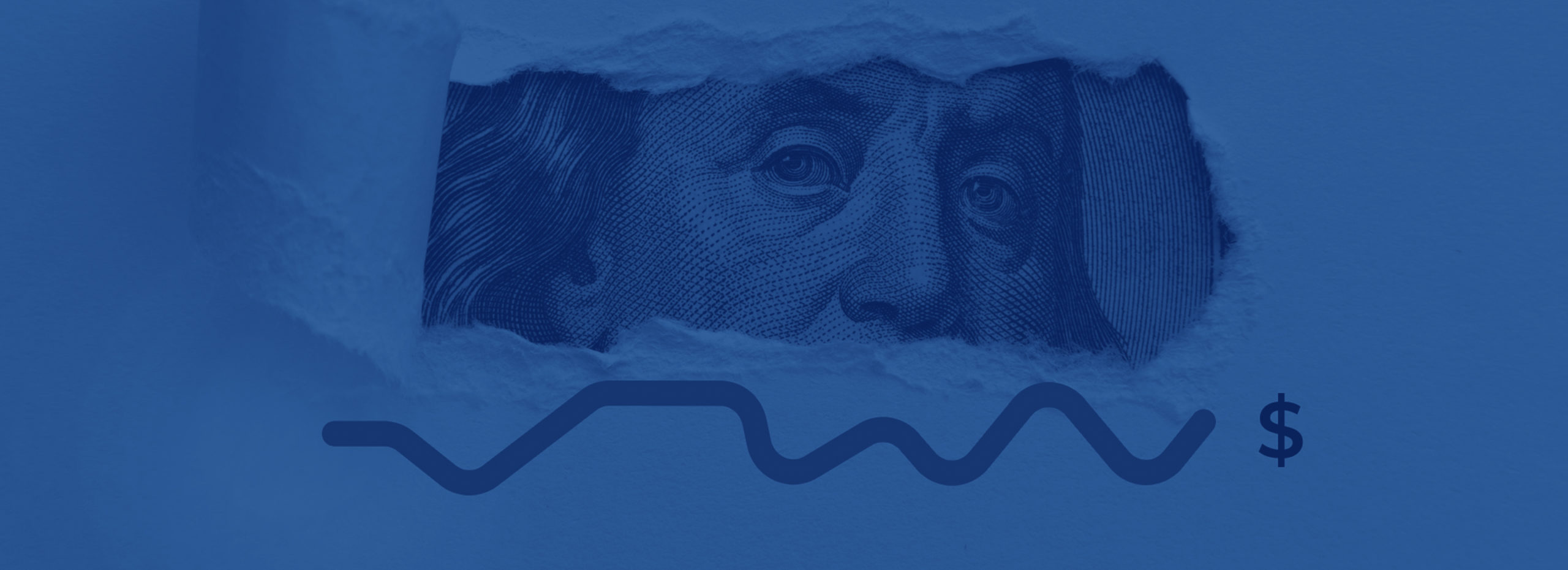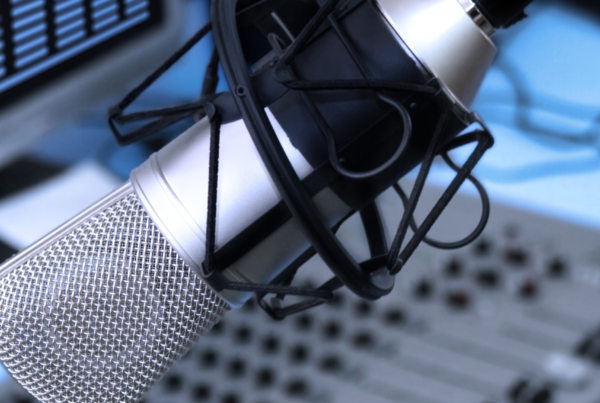According to the BIA Local Advertising Forecast for 2022, radio ad revenue could reach $13.54 billion. That’s a 5.9% increase over 2021’s $12.79 billion. While that’s good news, the boost will likely come from political advertising and digital. In addition, the report notes that radio OTA (over the air) maintains a share of 50.8% versus digital at 49.2%. So, how can you sustainably grow radio OTA without adding inventory or salespeople? Radio spot dynamic pricing is a solid strategy to do this.
Long-Term Radio OTA Revenue Is Declining or Staying Flat
In 2021, data revealed that radio revenue was falling, and that trend is likely to hold. The boost of political advertising is a welcome one. As 2022 is a midterm election year, the bulk of spending will be at the local level. However, this is a temporary boost only applicable during election years.
Even though local radio has attractive attributes around reach (check out the stats in our audio listener trends infographic), advertisers are seeking to diversify their ad spend. Adoption of selling digital advertising is becoming widespread by broadcasters, as noted in the recent RAB-Borrell Annual Benchmarking Report.
The report predicts that digital ad revenue for radio could reach $2 billion and account for 19.2% of all revenue. Radio stations should absolutely add third-party digital to their portfolio to deliver integrated campaigns and capture more advertiser dollars.
However, the question remains: How will stations increase linear revenue? No matter how loyal your customers are and how effective your sales team is, the reality is that growth is stalling. You can implement an overall rate hike based on assumptions; that may or may not be successful. But what if you used data?
Radio Spot Dynamic Pricing Uses Data to Price
Managing rates for linear is a never-ending headache. If you aren’t using a dynamic pricing tool, your pricing approach is a lot of stressing and guessing. Even if you use spreadsheets, it’s not sustainable or scalable. You’ll spend too much time on these inefficient processes for them to have a meaningful impact.
Fundamentally, pricing based on intuition doesn’t help you optimize revenue. You could be overdiscounting or even overselling because you don’t have visibility into avails and therefore demand.
What you need to transform pricing is data. Making decisions based on it means focusing on something objective versus subjective. That’s dynamic pricing.
What Is Dynamic Pricing?
It’s a pricing strategy that uses the demand of a product or service to optimally price it and maximize revenue. Airlines, hotels and retailers use dynamic pricing to charge different rates depending on supply, demand and other factors.
It considers the following in setting spot prices:
- Supply and demand
- Current fill rates
- Timelines
- Historical rates
Can Any Radio Organization Implement Dynamic Pricing?
Yes! It doesn’t matter if you never oversell or if you regularly do. You also don’t need data scientists or technology gurus to deploy it. You just need the right platform to do the work for you. With REV, a sales growth solution designed for broadcast sales professionals, you’ll find that and more. It’s not for your traffic folks; it’s for salespeople. They can easily use it to check avails, get rates and create proposals.
You have total control over the dynamic pricing engine. There are multiple prebuilt rate curves, and you can also set
Radio Spot Dynamic Pricing Is the Data-Backed Way to Increase Revenue
Experts in the industry state that there’s a 5% lift in top-line revenue at a minimum. That’s an increase any organization would love to see. With dynamic pricing, all the factors that go into pricing are automated, helping you deliver the right price at the right time to the right advertiser.
The next step for you is to find out more about REV and why it should be a critical component of your revenue growth strategy. You can do that by joining our webinar, From Stressing and Guessing to Data-Driven Spot Pricing.






